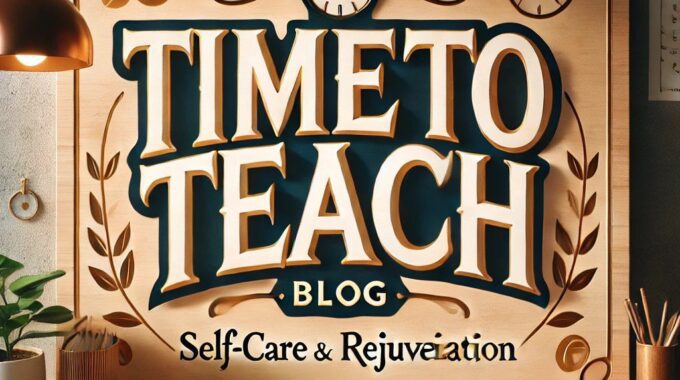As we turn the corner into spring, it’s the perfect time to refresh our teaching…
Fostering Gratitude in the Classroom: 4 Simple Activities for Teachers
Gratitude has the power to transform a classroom, creating a positive, supportive environment where students feel appreciated and inspired. Research shows that gratitude can enhance well-being, improve relationships, and increase resilience, and these benefits extend to both students and teachers. Here are some simple, meaningful ways to bring appreciation and gratitude into your classroom, along with a few activities to make it a daily practice.
1. Gratitude Journals
One of the most effective ways to foster gratitude is through journaling. Research by Dr. Robert Emmons, a leading expert on gratitude, has shown that regularly writing down what we’re grateful for can improve mood and promote a positive outlook. Gratitude journals encourage students to pause and recognize the good in their day, big or small.
How to do this:
- Give students a few minutes at the start or end of each day to jot down three things they’re grateful for.
- Provide prompts to help them get started, like “Today I’m grateful for…” or “A person I appreciate is…”
- Have students revisit their journals occasionally to see how their perspective has changed over time.
2. Gratitude Wall or Appreciation Board
Creating a visual representation of gratitude helps remind students to appreciate one another and the good things around them. This activity also builds a sense of community, as students get to see the ways they positively impact each other’s lives.
How to do this:
- Set up a bulletin board or section of your classroom wall where students can post notes of appreciation.
- Encourage them to write thank-you notes to peers, teachers, or staff who’ve made a difference in their day.
- Use sticky notes or index cards, and invite students to write things like “I’m thankful for…” or “Thank you, [student name], for…”
3. “Gratitude Circle” Sharing
Creating time to verbally express appreciation can be powerful, especially when students hear positive messages from their peers. This activity also fosters active listening and helps build empathy and respect among students. Studies on positive psychology suggest that regularly expressing gratitude can build stronger relationships and improve overall mental health.
How to do this:
- Arrange a weekly “Gratitude Circle” where each student shares something they’re thankful for or appreciates about someone in the class.
- Encourage students to share specific examples, like “I appreciate [student’s name] for helping me with my project.”
- Make it optional to keep it low-pressure, and allow students to pass if they don’t want to share.
4. Acts of Kindness Challenge
Gratitude and kindness go hand-in-hand. Research from the Greater Good Science Center shows that engaging in acts of kindness can enhance feelings of gratitude. A kindness challenge encourages students to show appreciation through their actions, helping them understand that gratitude isn’t just about words—it’s about doing something thoughtful for others.
How to do this:
- Set up a monthly or weekly kindness challenge with different tasks, like “Give someone a compliment,” “Help a friend with their work,” or “Share something you enjoy.”
- Have students reflect on their experiences, discussing how showing kindness made them feel and how they think it impacted others.
- Recognize acts of kindness as a class, so students see that their efforts are appreciated and valued.

